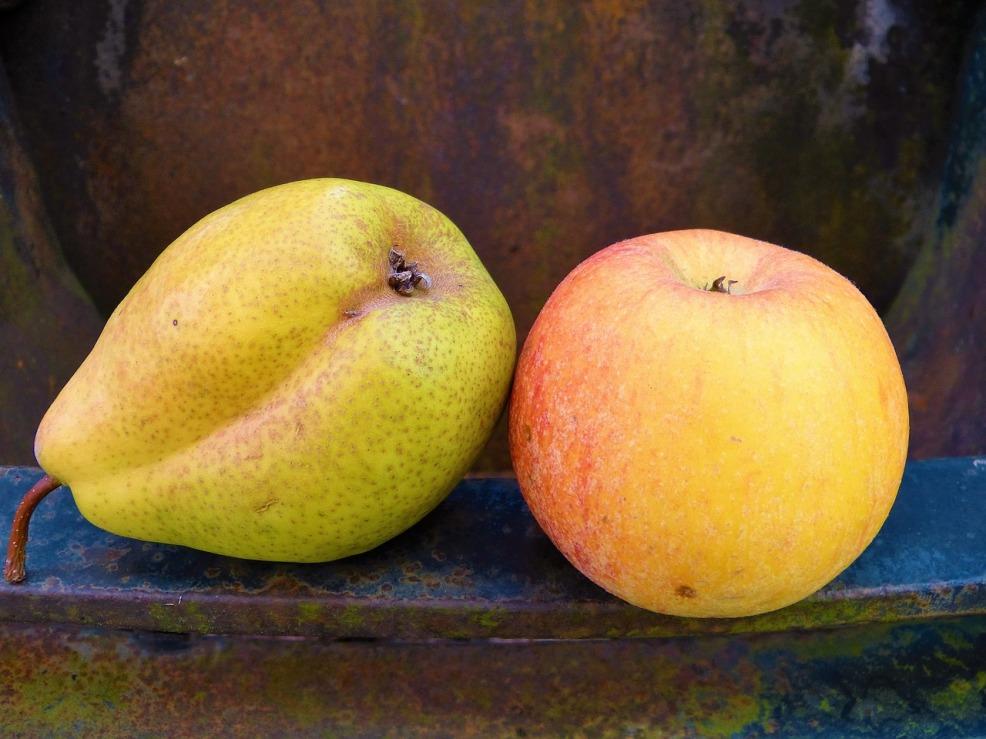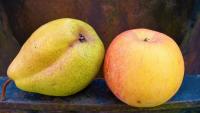You are here
Back to topChinese Pear and Apple Export Data for the first half of 2017

According to China Chamber of Commerce of Foodstuffs and Native Produce, customs data for the first half of 2017 shows that volume of Chinese fresh apple imports and exports experienced year-on-year growth. And while fresh pear import volume has decreased, pear export volume has grown.
Apple import volume for the first half of 2017 reached 44 thousand tons—a nine percent increase compared to the same period last year. Moreover, apple imports totaled USD 76 million, growing two percent year-on-year. The import price dropped seven percent to USD 1,718 per kilogram.
Chinese apple imports are mainly sourced from the United States, New Zealand, and Chile. These three apple exporting nations together account for 93% of China’s apple imports. American apple imports reached 17.6 thousand tons, which accounted for 40% of China’s total apple imports. New Zealand and Chilean apples made up 38% and 15% of Chinese apple imports respectively.
As for Chinese apple exports during the first six months of 2017, total export volume reached 682 thousand tons, an eight percent increase year-on-year. Total apple export value amounted to USD 700 million. The average export cost was USD 1,031 per kilogram, an eight percent decrease year-on-year.
The top five export destinations for Chinese apples during the first half of 2017, according to import volume, were India (131,000 tons), Kazakhstan (56,000 tons), Philippines, Indonesia (51,000 tons) and Thailand. Export volume of pears to India increased by 46% this year. Pear export volume for Kazakhstan and Indonesia increased by 52% and 145% respectively.
Moving forward, pear imports retracted slightly during this period. Total pear import volume slumped to 3,984 tons—a 25% decrease compared to the same period last year. The import price decreased by one percent, averaging USD 1,599 per ton.
Pear imports during this period were mainly from Belgium, Argentina, the United States, New Zealand and Holland. Belgian pear imports totaled 1,616 tons—a 17% increase year-on-year. Imports from all other pear exporting nations declined. Pear imports from the United States declined by 62% year-on-year.
Exports of pears during this period experienced minor growth. Export volume reached 224 thousand tons, an increase of 33% year-on-year. Pear exports amounted to USD 220 million, which is 21% higher compared to last year at this time. Average price for pear exports was USD 1,004 per ton.
The major export destinations for Chinese pears were Indonesia, Vietnam, Thailand, Malaysia, Hong Kong and Russia. Pear exports to Indonesia experienced 293% growth year-on-year with total volume reaching 80 thousand tons. Less impressively, exports of pears to Hong Kong increased by 13% year-on-year. As for Vietnam, Thailand, Malaysia, and Russia, pear exports decreased slightly.
The major exporting provinces of Chinese pears are Hebei, Shandong, Guangxi, and Yunnan—these regions exported more than 10 thousand tons of pears each since January. Pear exports produced in these four provinces made up 79% of China’s total pear exports during this period. Hebei exported the most pears with a total of 84.7 thousand tons—a 97% increase year-on-year. Yunnan and Shandong exported 25.3 thousand tons and 41.7 thousand tons of pears respectively—both provinces achieved year-on-year growth. Guangxi pear exports dropped to 25.3 thousand tons.













Add new comment